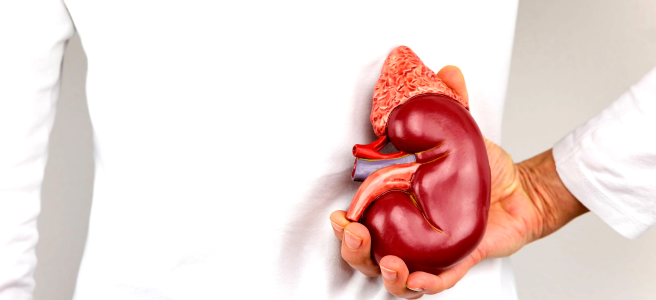The causes of CKD are numerous. For each cause, there is much to write about. The following is a summary and should not be viewed as personalised advice.
1
In Mauritius, diabetes is by far the biggest cause with just over half of all cases of CKD. This is no surprise! A third of mauritian adults have diabetes or borderline diabetes ( ‘pre-diabetes’). Diabetes usually takes 10 years or more to damage the kidneys. Do note though many Mauritians discover they have diabetes many years after it started. Act now to reduce the risk of becoming diabetic and get regular tests for diabetes.
2
Hypertension is high blood pressure. A quarter of adults have it but only 60% are on treatment. Of those on tablets, 70% still have uncontrolled blood pressure readings. Hypertension take many years to damage kidneys but, in severe cases, only a few weeks suffice. As for diabetes, act now to reduce your risk of developing high blood pressure, get your blood pressure measured frequently and get treated if needed.
3
Vascular disease is fairly common and is the narrowing of arteries with cholesterol deposits (atheroma). Main risk factors include diabetes, hypertension, smoking, obesity, poor diet, lack of exercise and family factors. It shows up as heart attacks, strokes, poor leg circulation and CKD. Diabetes, hypertension and vascular disease are responsible for most of local CKD cases. Many Mauritians have more than one of these 3 conditions.
4
The remaining causes altogether are responsible for less of a quarter of CKD cases. Long term or repeated kidney infections can also damage kidneys. Such infection are more frequent and severe in diabetic patients. The worrying thing is that they occur with few symptoms.
5
Mauritius, like most hot countries, is likely to have 1 in 8 people affected with kidney stones. These can block the urine flow from one or both kidneys. The most dangerous of many types of stones is the staghorn calculus (really looks like ‘coray’). These grow very fast and harbour chronic kidney infections. To avoid getting kidney stones, drink enough water, cut down on salt and soft drinks and don’t become diabetic.
6
Gout causes severe pain in the joints especially the base of the big toe. High uric acid level in the blood leads to uric acid crystals forming in joints. In severe gout, these crystals also build up in the kidney tissue and in kidney stones. Gout therefore can cause CKD. For pain, many patients take anti-inflammatory painkillers (NSAIDS – see below) that can also harm the kidneys.
7
NSAIDS is short for non-steroidal anti-inflammatory drugs. Widely used for joint and muscle pains and headaches, they can be bought without a doctor’s prescription. They can precipitate kidney failure in people who already have CKD. Some people without any previous kidney disease, can develop CKD with long term use and, if allergic, just a few doses. NSAIDS are best avoided.
8
The immune system normally protects the body against viruses, bacteria and parasites. In glomerulonephritis, it also attacks the kidneys causing inflammation. Ankle swelling, hypertension, froth or blood in the urine are some of the possible features. There are many types of glomerulonephritis. It occurs at any age but it is the main cause of CKD in young adults.
9
Prostate enlargement occurs frequently in older men. The urine flow slows down with a wait to get started and dribbling at the end. Frequent urge to pass urine day and night occurs. When urine infection and retention occur in advanced cases, the kidneys get damaged too. In a minority of cases, prostate disease can be due to cancer.
10
Some children are born with small, misshapen or poorly draining kidneys due to abnormal development in the mother’s womb. People can also be born with genetic diseases. The commonest one is adult polycystic kidney disease. These developmental and genetic diseases are rare but are the main causes of CKD in children. However, they can manifest much later in life.









